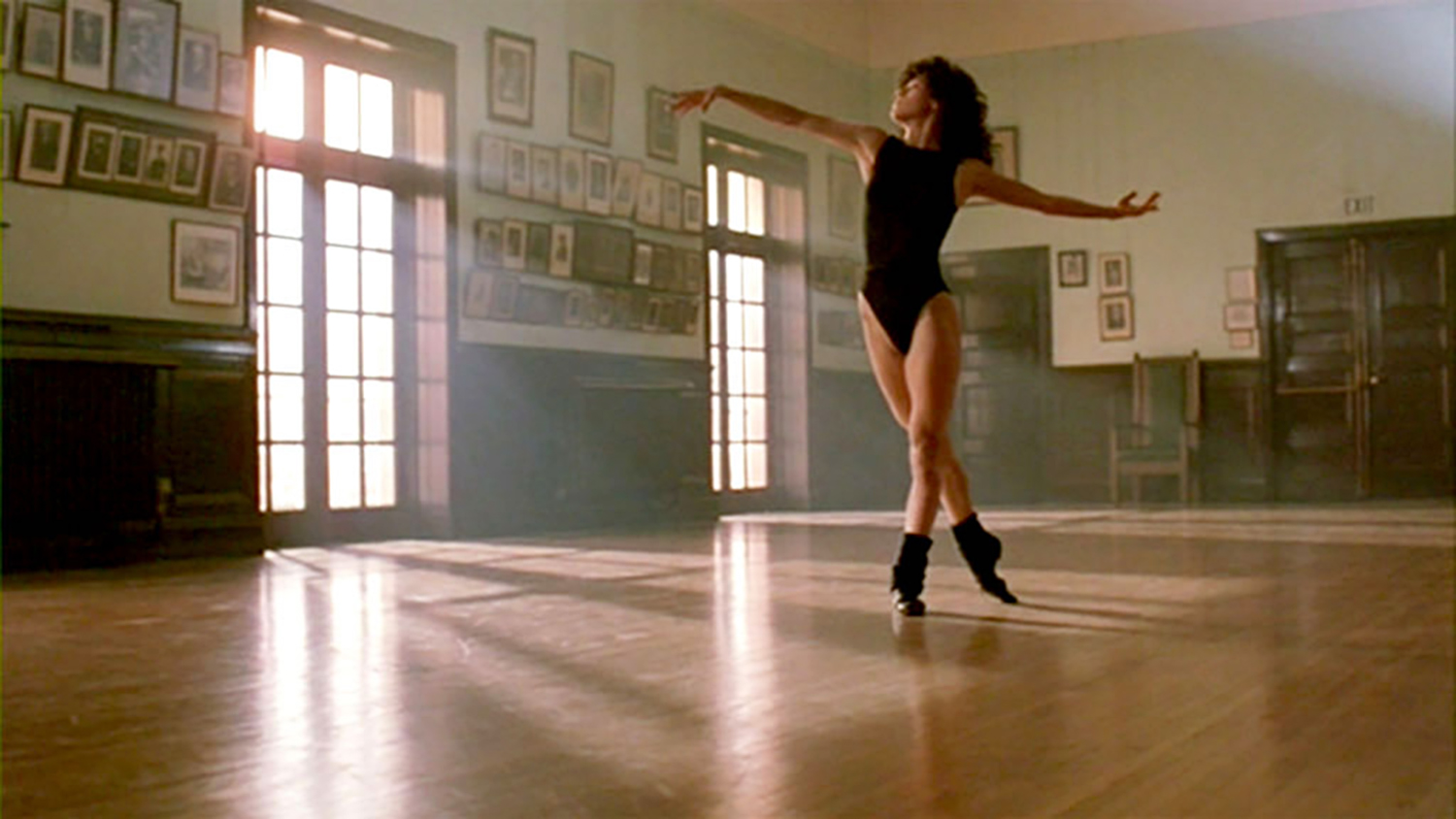
- Fashion
Iconic Fashion of “Flashdance”
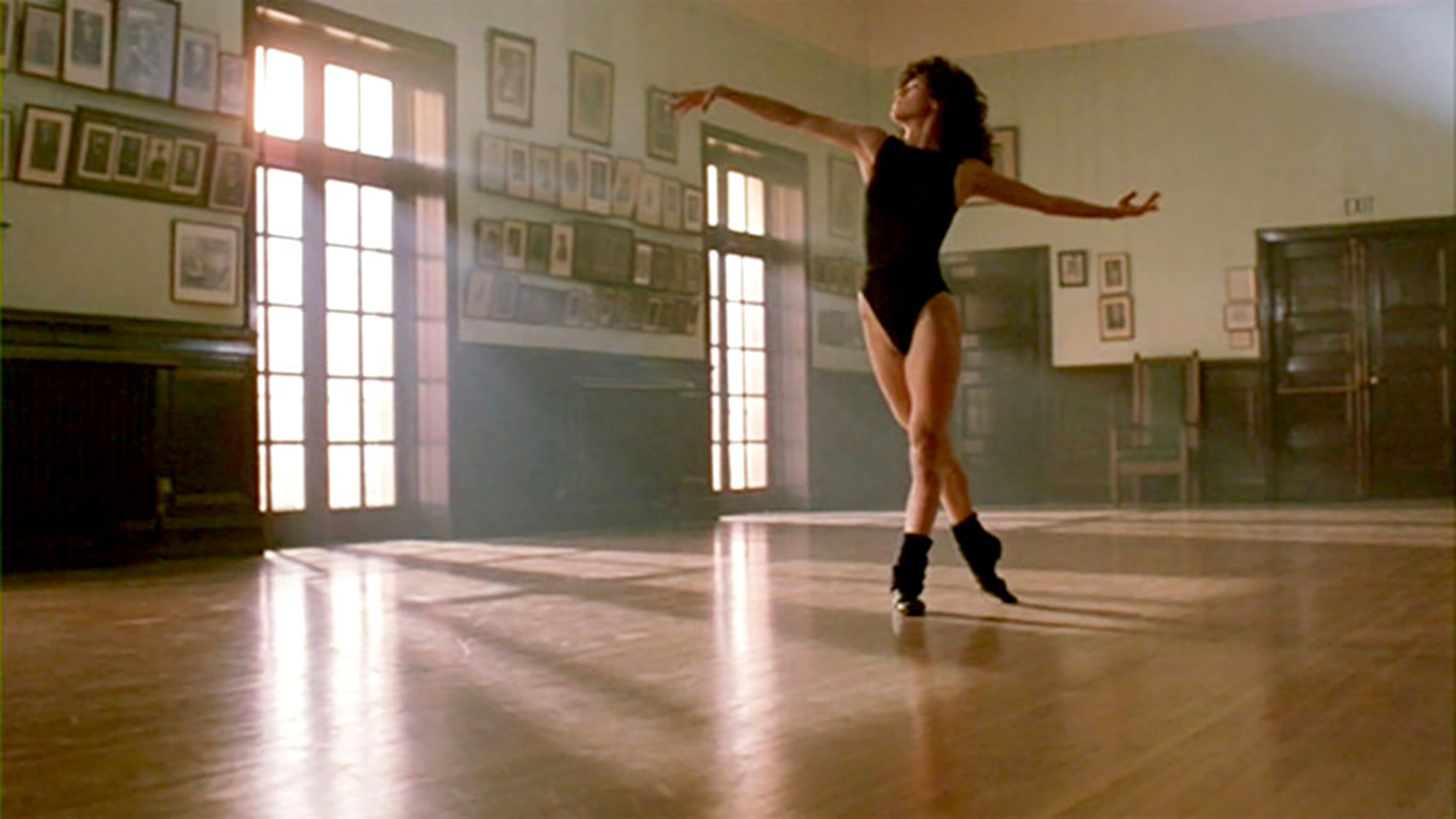
Forty years ago, we first saw the cult favorite Flashdance – a romantic drama set in the world of dance that hardly needs an introduction. The feature film directorial debut of future Golden Globe nominee Adrian Lyne, who would later direct such iconic love dramas as Nine 1/2 Weeks, Fatal Attraction and Indecent Proposal, and produced by Jerry Bruckheimer, Flashdance became a box-office smash hit in 1983. Lyne’s technique of mixing dance sequences in the style of music videos would have an influence on future Bruckheimer productions, including Footloose, Purple Rain, and Top Gun.
Flashdance follows the story of Alex Owens, welder by day, dancer by night, who becomes involved in a rollercoaster relationship with her boss as she navigates working at his steel mill during the day, performing at a bar in the evenings, and pursuing her dream to get into the Pittsburgh Conservatory of Dance and Repertory.
Starring Golden Globe nominee Jennifer Beals as Alex, a passionate young dancer who aspires to become a professional ballerina, Flashdance has had an immense performative and sartorial influence by way of being one of the most iconic films from the 1980s.
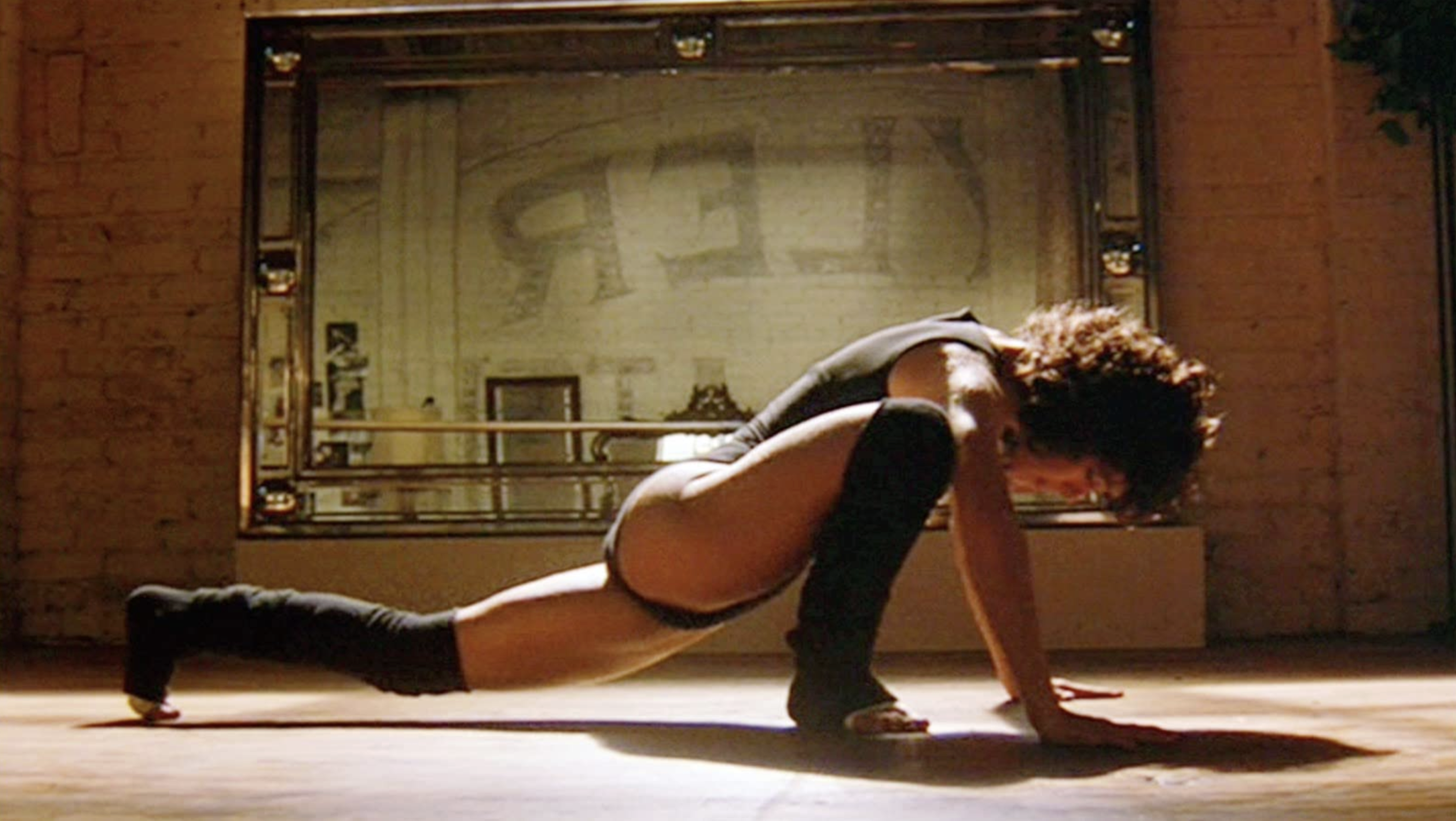
In celebration of 40 years of visionary dance sequences, a Golden Globe-winning soundtrack by Giorgio Moroder and individualistic choices of clothing styles, let’s have a look at the Flashdance fashion, created by Blade Runner costume designer Michael Kaplan.
Alex is obviously positioned as a diamond in the rough, and her outfits are created to deliver this message, with her worn-out legwarmers for dancing and frayed tight blue Levi’s. Her T-shirts and ripped-collar sweatshirts are worn falling of one shoulder making the look a cult Flashdance sensation.
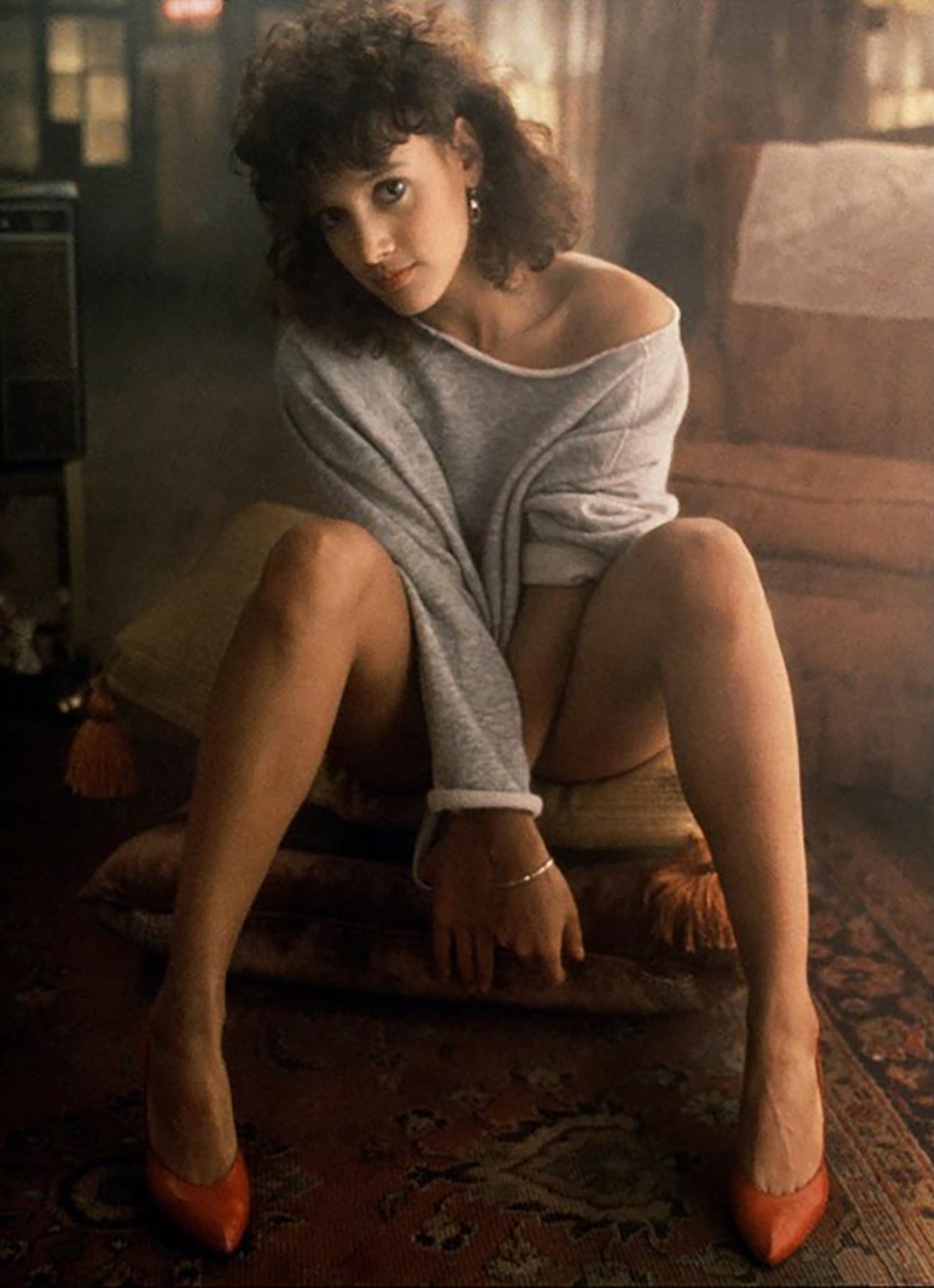
Interestingly, Beals has often mentioned in interviews that the sweatshirt with a wide neck opening came about by accident when the garment shrank in the washer, and she cut out a large hole at the top so that she could wear it again.
A ripped-collar sweatshirt and leggings became a must-have workout uniform, while Alex’s grey oversized sweater with a wide cut-off neckline, a leather skirt and red heels created an iconic look which is still relevant today.
Another look that has gone down in cinematic history is the outfit Alex wears for a luxurious lobster dinner with her boyfriend: a man’s tuxedo jacket over what appears to be a bib-front shirt and bow tie that is really a sleeveless and backless bib and a pair of cuffs. And don’t forget the overalls she wears for work, creating the look that is still a fashion inspiration forty years later.
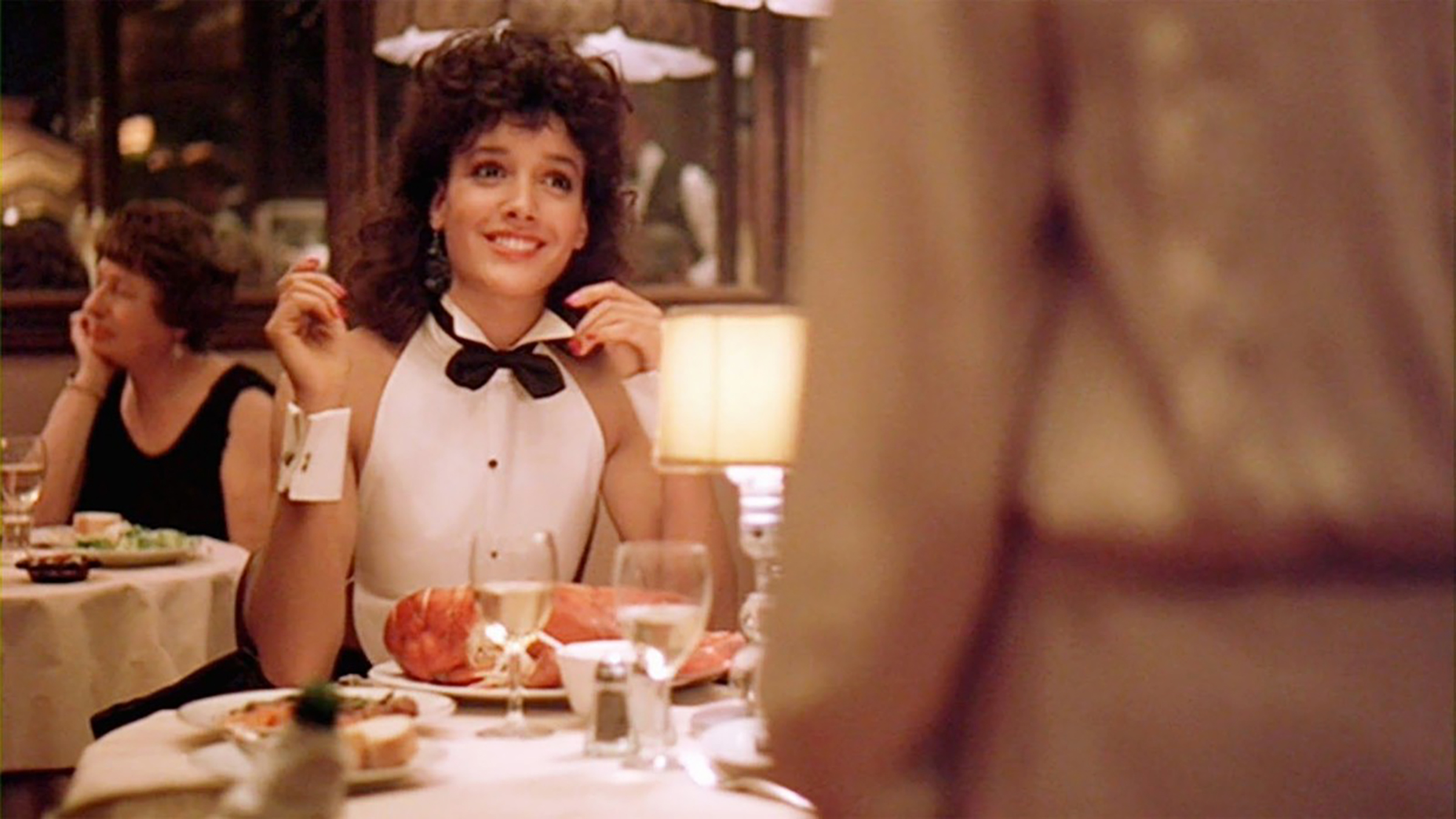
An oversized army jacket with a big-shouldered 1980s silhouette is one of the centerpieces of Alex’s apparel. For much of the film, she wears a traditional khaki version of it, while after her Pittsburg Conservatory audition she sports a red military version as a symbol of a new chapter in her life.

Michael Kaplan did not create this 80s look of off-the-shoulder sweatshirts, leggings, tight jeans, bodysuits, and leotards that became the fashion of that decade; but thanks to him, Flashdance made it mainstream to acknowledge that you did not need to be a dancer to dress like the one.
As well as marrying comfort with sexuality, the style also spotlighted athleticism for women. In the early 1980s when punk music was starting to fade away, break dancing had become the new vogue, and eventually a new style was born: sportswear worn as casual wear. The legacy of Flashdance is that it celebrated a new kind of woman – independent and down-to-earth, athletic, and sexy – inspiring many young women’s film fashions long after its release, including those of Footloose, Dirty Dancing, workout videos by Jane Fonda and Cindy Crawford as well as music videos by Geri Halliwell, Miley Cyrus, and Jennifer Lopez.

